You’re trying to be “good,” skipping the chips and grabbing rice cakes instead, but the scale won’t budge—and your energy keeps crashing by 3 p.m. Sound familiar? Not all low-calorie foods are your weight-loss allies; some actually sabotage your goals while pretending to help. These sneaky “healthy” options can spike cravings, leave you hungry, and even trigger overeating later. But don’t worry, there’s a smarter way to stay satisfied while shedding pounds. We’ve rounded up 7 low-calorie foods that can wreck your progress—and 7 that actually work—so you can make swaps that keep you full, energized, and on track.
1. Rice Cakes
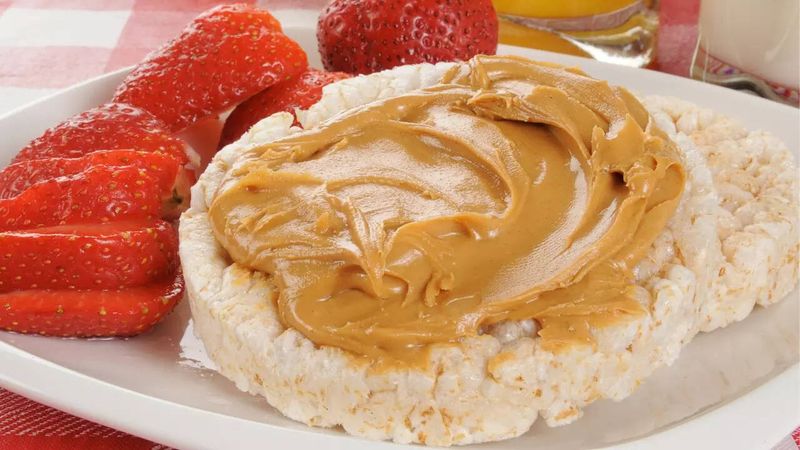
Those airy discs might seem like the perfect low-calorie snack, but they’re nutritional lightweights. Made from refined white rice, they digest quickly and spike your blood sugar faster than a roller coaster climb.
Without fiber or protein to slow digestion, you’ll find yourself hungry again before you’ve even thrown away the wrapper. Many flavored varieties add insult to injury with sugar, salt, and artificial ingredients.
The satisfaction from rice cakes is so short-lived that most people end up eating additional snacks shortly after, ultimately consuming more calories than if they’d chosen something more substantial in the first place.
2. Fruit Juices

That morning glass of orange juice might be undermining your weight loss efforts without you realizing it. When fruit becomes juice, it loses its fiber while concentrating sugars and calories into a form your body absorbs too quickly.
A single glass can contain the sugar of several whole fruits without the filling fiber that helps regulate blood sugar and appetite. The rapid sugar absorption triggers insulin spikes that can lead to energy crashes and renewed hunger.
Unlike whole fruit that requires chewing and digesting, juice doesn’t activate the same fullness signals in your brain, making it easy to consume excess calories without feeling satisfied.
3. Fat-Free Salad Dressings

Drizzling fat-free dressing on your virtuous salad seems like a smart move, but check that ingredient list first! Manufacturers typically replace fat with sugar, corn syrup, and salt to maintain flavor, turning your healthy greens into a glycemic disaster.
Ironically, some fat is actually necessary to absorb fat-soluble vitamins (A, D, E, and K) from those vegetables you’re eating. Without it, you’re missing out on key nutrients your body needs.
Most fat-free dressings contain thickeners and preservatives that can cause bloating in sensitive individuals, adding insult to injury when you’re trying to feel lighter and healthier.
4. Low-Fat Flavored Yogurts

That fruit-on-the-bottom yogurt cup might be broadcasting its low-fat status, but it’s hiding something more sinister. Manufacturers often add 4-5 teaspoons of sugar per serving to compensate for the flavor lost when fat is removed.
Your body processes this sugar quickly, causing insulin spikes that can trigger fat storage—exactly what you’re trying to avoid! The artificially sweet taste can also intensify cravings for other sugary foods throughout your day.
Many low-fat yogurts also contain artificial flavors, colors, and thickeners that provide zero nutritional value while potentially disrupting gut health, which researchers now know plays a crucial role in weight management.
5. Granola Bars
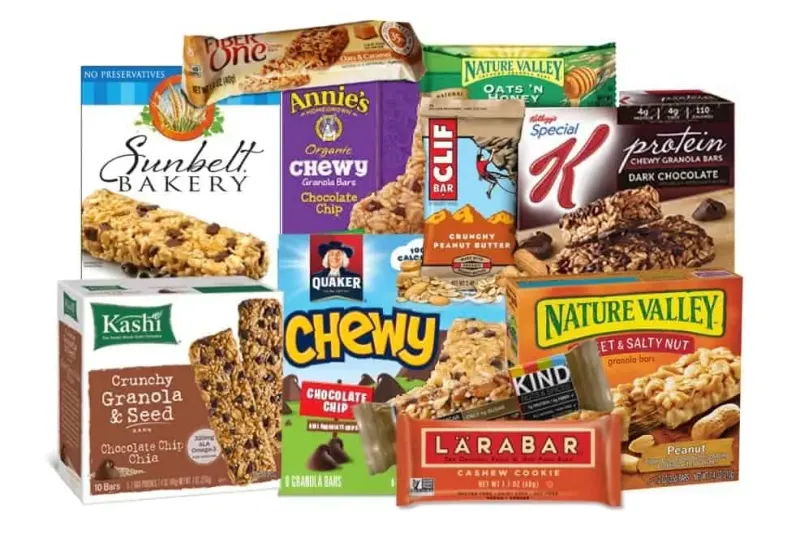
Wrapped in earthy packaging with images of mountains and wholesome grains, granola bars have mastered the art of healthy deception. Most commercial varieties pack 7-12 grams of sugar alongside minimal protein and fiber, creating a nutritional profile closer to candy than health food.
The combination of refined carbs, sugar, and oils creates a calorie-dense snack that doesn’t satisfy hunger for long. Even worse, ingredients like rice syrup and agave nectar sound natural but affect your blood sugar just like regular sugar.
Many bars also contain palm oil, which is high in saturated fat, and ingredients like inulin that can cause bloating and discomfort in some people—hardly supporting your weight loss journey.
6. Diet Sodas
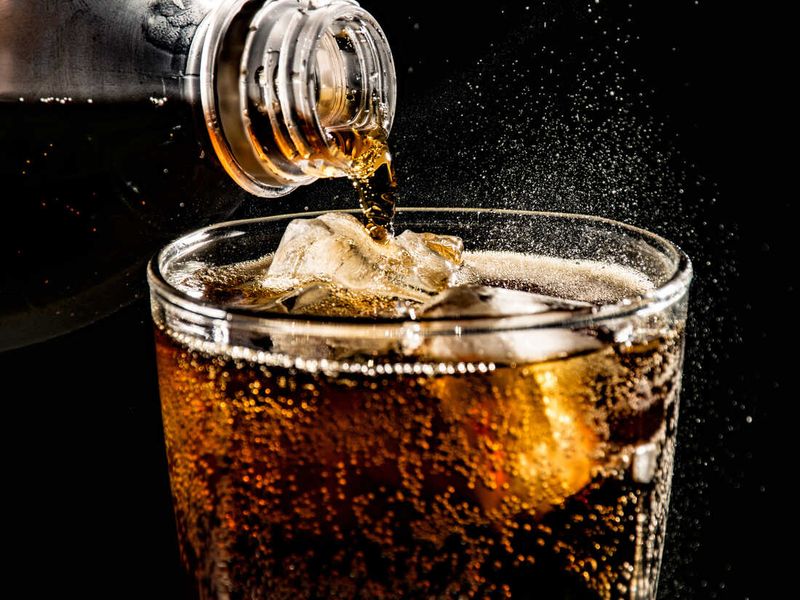
That fizzy zero-calorie drink seems like a weight loss ally, but research suggests otherwise. Artificial sweeteners may be up to 600 times sweeter than sugar, essentially training your taste buds to need increasingly intense sweetness to feel satisfied.
Studies have linked regular diet soda consumption with increased waist circumference and a higher risk of metabolic syndrome. The sweet taste without calories can confuse your body’s natural hunger-fullness signals, potentially leading to increased cravings and food intake later.
Some research suggests artificial sweeteners may alter gut bacteria in ways that affect glucose metabolism and fat storage, potentially working against your weight loss efforts despite containing zero calories.
7. Frozen Diet Meals
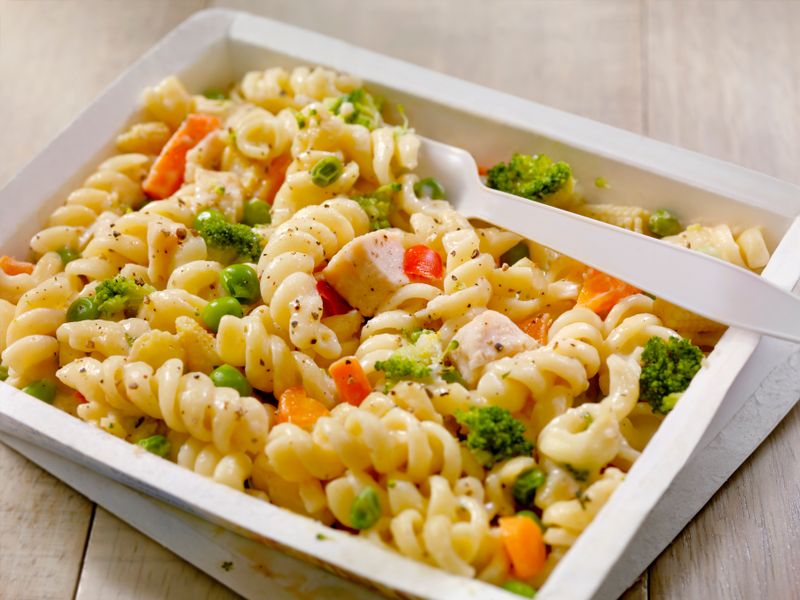
Those neatly packaged frozen meals boasting 300 calories might control your portions, but they often leave your satisfaction on ice. Most contain minimal fiber and protein while maxing out sodium levels to compensate for flavor lost in processing.
The ultra-processed nature of these meals means they digest quickly, leaving you hungry soon after eating. Many contain artificial ingredients, preservatives, and flavor enhancers that may trigger inflammation or water retention in sensitive individuals.
Research shows that people who eat highly processed foods consume approximately 500 more calories daily than those eating minimally processed foods—likely because these meals don’t activate the same fullness pathways in your brain as whole foods do.
1. Leafy Greens
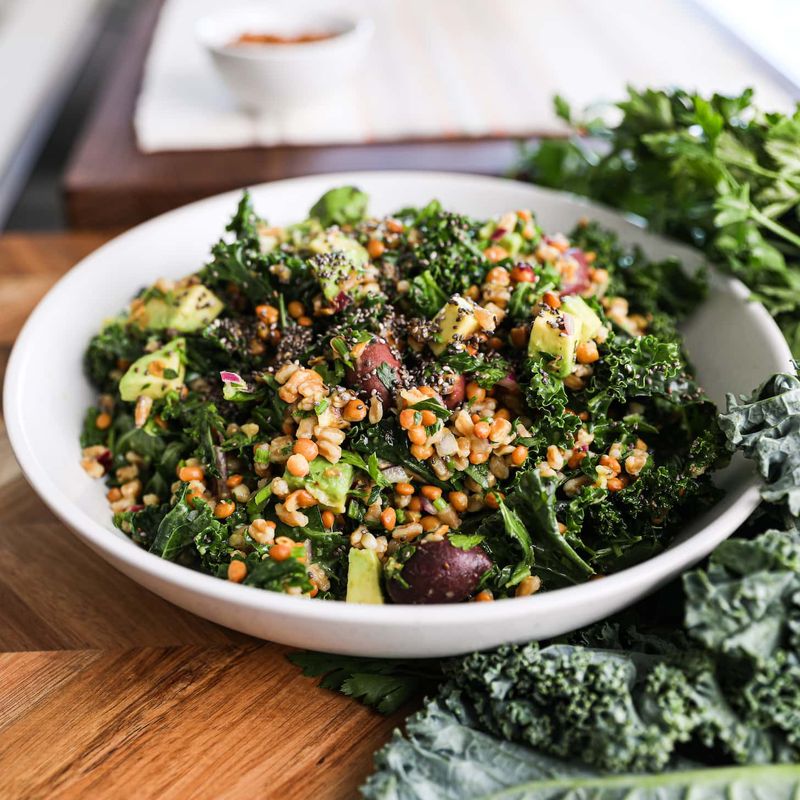
Kale, spinach, and their leafy cousins are the unsung heroes of sustainable weight management. These nutritional powerhouses deliver an impressive amount of vitamins and minerals while providing volume and fiber that physically fills your stomach.
The high water content and low energy density mean you can eat generous portions without overloading on calories. Their fiber content feeds beneficial gut bacteria linked to healthier weight regulation and reduced inflammation.
Research shows people who eat more leafy greens naturally consume fewer calories throughout the day without feeling deprived. The folate and antioxidants in these vegetables also support metabolism and help reduce the oxidative stress that often accompanies weight loss.
2. Greek Yogurt
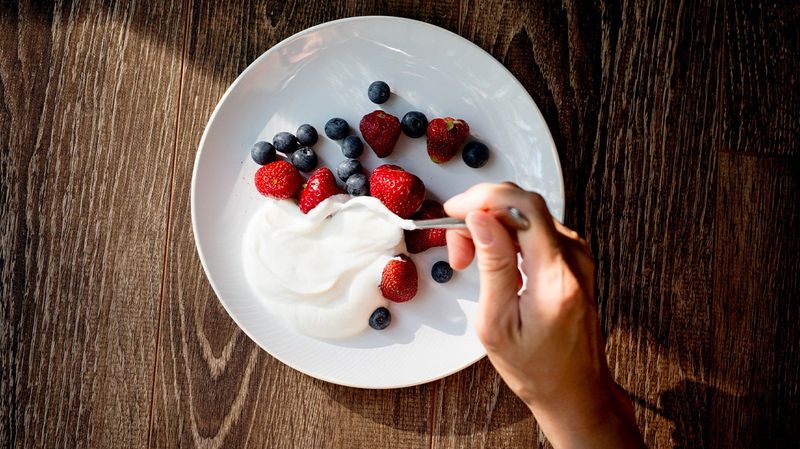
Unlike its sugary cousins, plain Greek yogurt delivers a powerful punch of protein without the added sweeteners. The straining process creates a thicker texture while concentrating protein to about 20 grams per cup—comparable to a serving of meat or fish!
This protein powerhouse triggers hormones that signal fullness to your brain while slowing digestion, keeping hunger at bay for hours. The creamy texture activates satisfaction centers in your brain that many diet foods miss entirely.
Greek yogurt also contains probiotics that support gut health and potentially reduce inflammation linked to weight gain. Its versatility means you can enjoy it sweet or savory, making it easier to maintain healthy eating patterns without feeling restricted.
3. Eggs
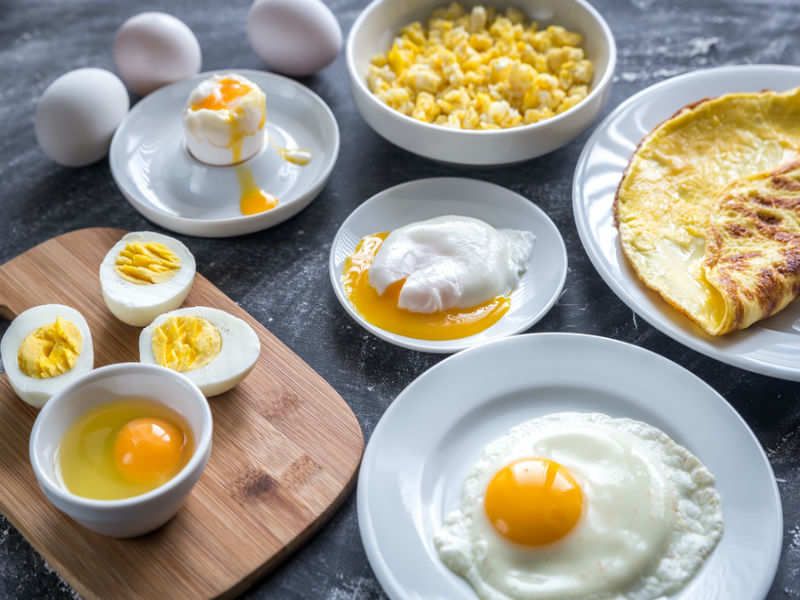
Humble eggs might be nature’s perfect weight loss food, packing complete protein with all essential amino acids your body needs. Studies show people who eat eggs for breakfast naturally consume fewer calories throughout the day compared to those who eat carb-heavy breakfasts.
The combination of protein and fat triggers multiple satiety hormones that signal your brain you’re full and satisfied. Despite old concerns, research now confirms dietary cholesterol in eggs doesn’t significantly impact blood cholesterol in most people.
Eggs contain choline, a nutrient that supports liver function and fat metabolism. Their affordability and versatility mean you can prepare them dozens of ways, preventing the diet boredom that often leads to abandoning healthy eating plans.
4. Oats
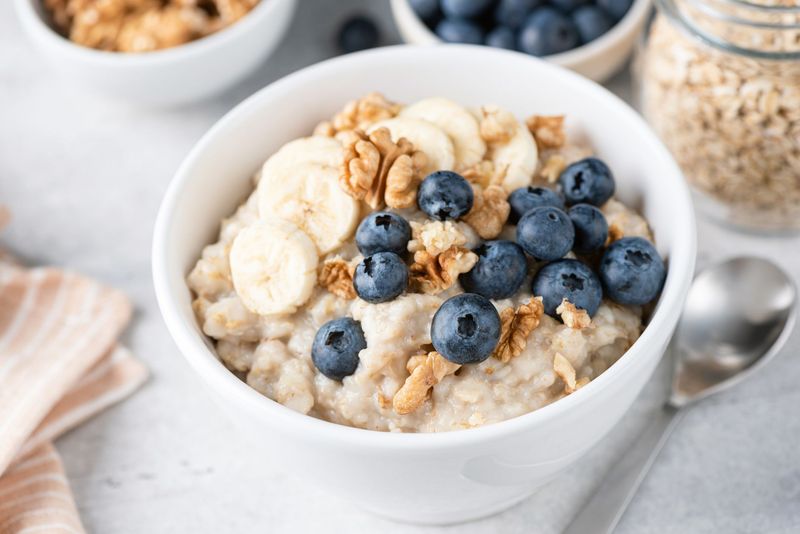
Steel-cut and rolled oats contain a special type of fiber called beta-glucan that forms a gel-like substance in your digestive tract, slowing everything down in the best possible way. This creates a steady release of energy rather than the spike-and-crash of refined grains.
Research shows oatmeal eaters report feeling fuller for longer compared to those eating ready-to-eat breakfast cereals. The soluble fiber also helps regulate blood sugar and insulin levels, supporting your body’s natural fat-burning capabilities.
Oats are incredibly versatile, working in both sweet and savory dishes while providing a canvas for nutritious toppings like nuts and berries. Their resistant starch content feeds beneficial gut bacteria linked to improved metabolism and reduced inflammation.
5. Air-Popped Popcorn
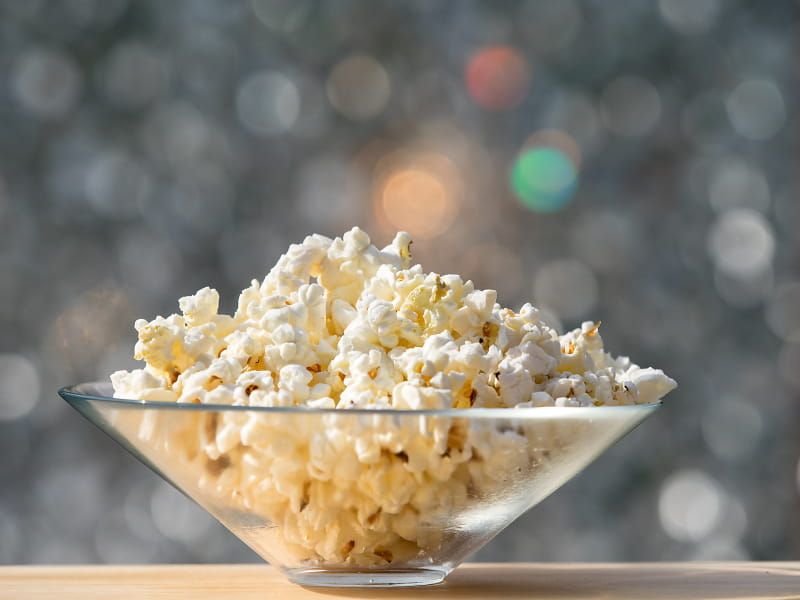
Craving something crunchy that won’t derail your progress? Three cups of air-popped popcorn contain just 100 calories while providing the satisfying crunch and volume many dieters miss. As a whole grain, it delivers fiber that processed snacks simply can’t match.
The high volume-to-calorie ratio means your stomach physically fills up before you can consume too many calories. This activates stretch receptors that signal fullness to your brain, helping prevent overeating.
Popcorn takes time to eat, giving your brain the 20 minutes it needs to register fullness signals from your digestive system. Skip the butter and salt by experimenting with spices like cinnamon, nutritional yeast, or chili powder for flavor without extra calories.
6. Chili Peppers

Spice enthusiasts rejoice! The compound capsaicin that gives chili peppers their fiery kick temporarily boosts metabolism while reducing appetite. Research shows adding cayenne to meals can increase calories burned and reduce hunger hormones circulating in your bloodstream.
The heat from peppers also slows eating pace, giving your brain time to register fullness before you overeat. Many people naturally consume less food when meals contain spicy elements, without even trying to restrict portions.
Beyond weight benefits, capsaicin has anti-inflammatory properties that may help reduce the chronic inflammation often associated with obesity. Even mild peppers like poblanos contain compounds that support healthy metabolism, so you don’t need to torture your taste buds to benefit.
7. Cottage Cheese
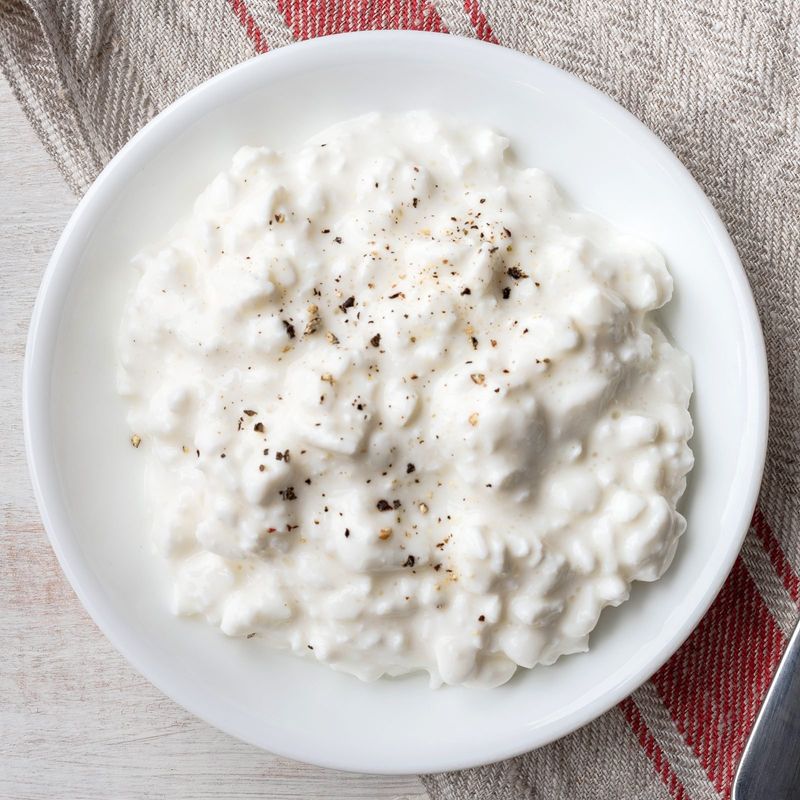
This humble dairy product deserves its comeback as a weight loss superfood. With an impressive 24 grams of protein per cup and minimal carbs, cottage cheese keeps hunger at bay while supporting muscle maintenance during calorie restriction.
Rich in casein protein, it digests slowly, providing a steady release of amino acids that help prevent muscle breakdown between meals. The calcium content may also play a role in fat metabolism, with some research suggesting it helps reduce fat storage.
Cottage cheese’s mild flavor makes it incredibly versatile—enjoy it sweet with fruit, savory with herbs, or blended into smoothies for creaminess without added sugars. Its high water content contributes to hydration while adding volume that helps you feel physically full.
Leave a comment